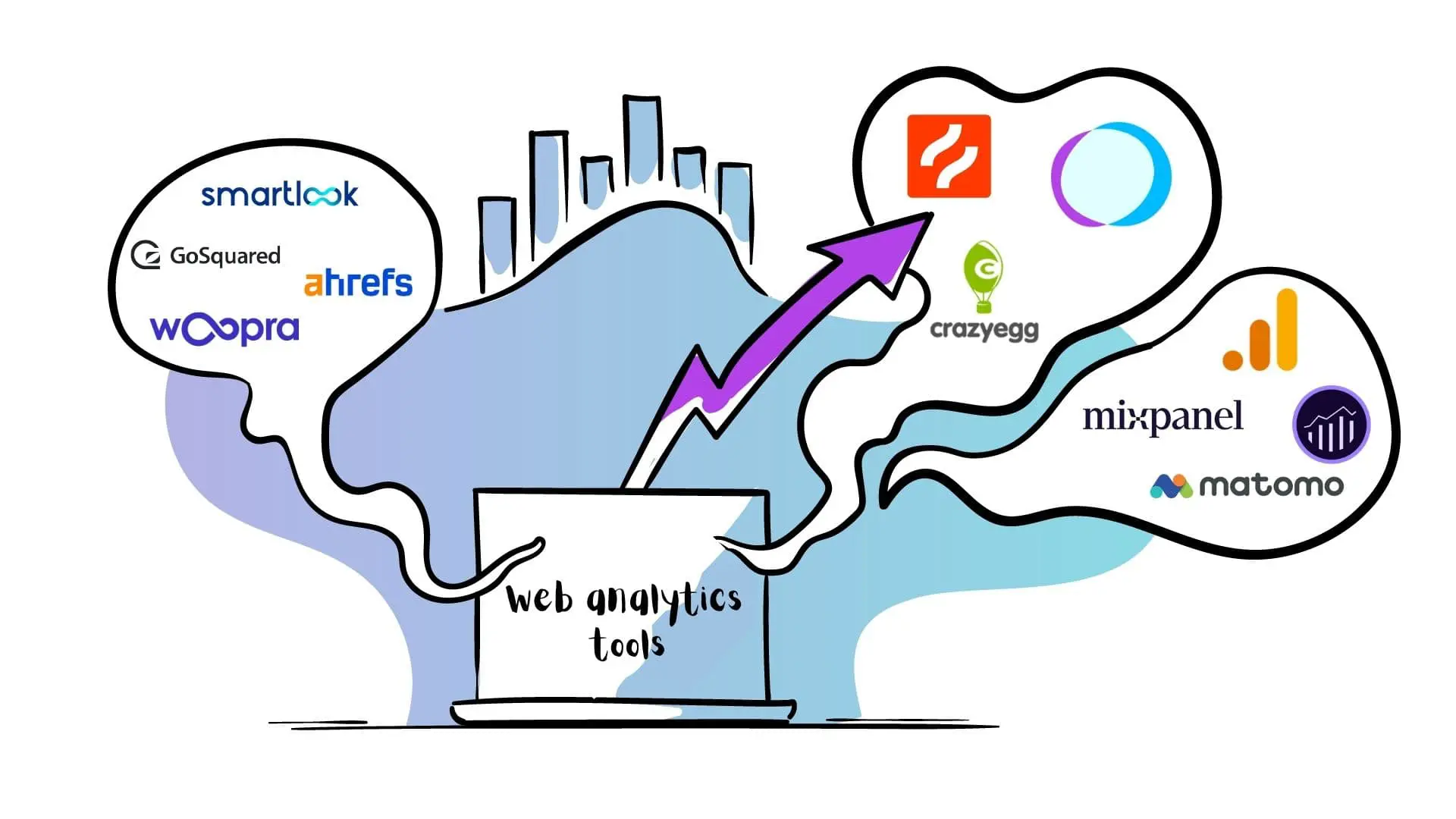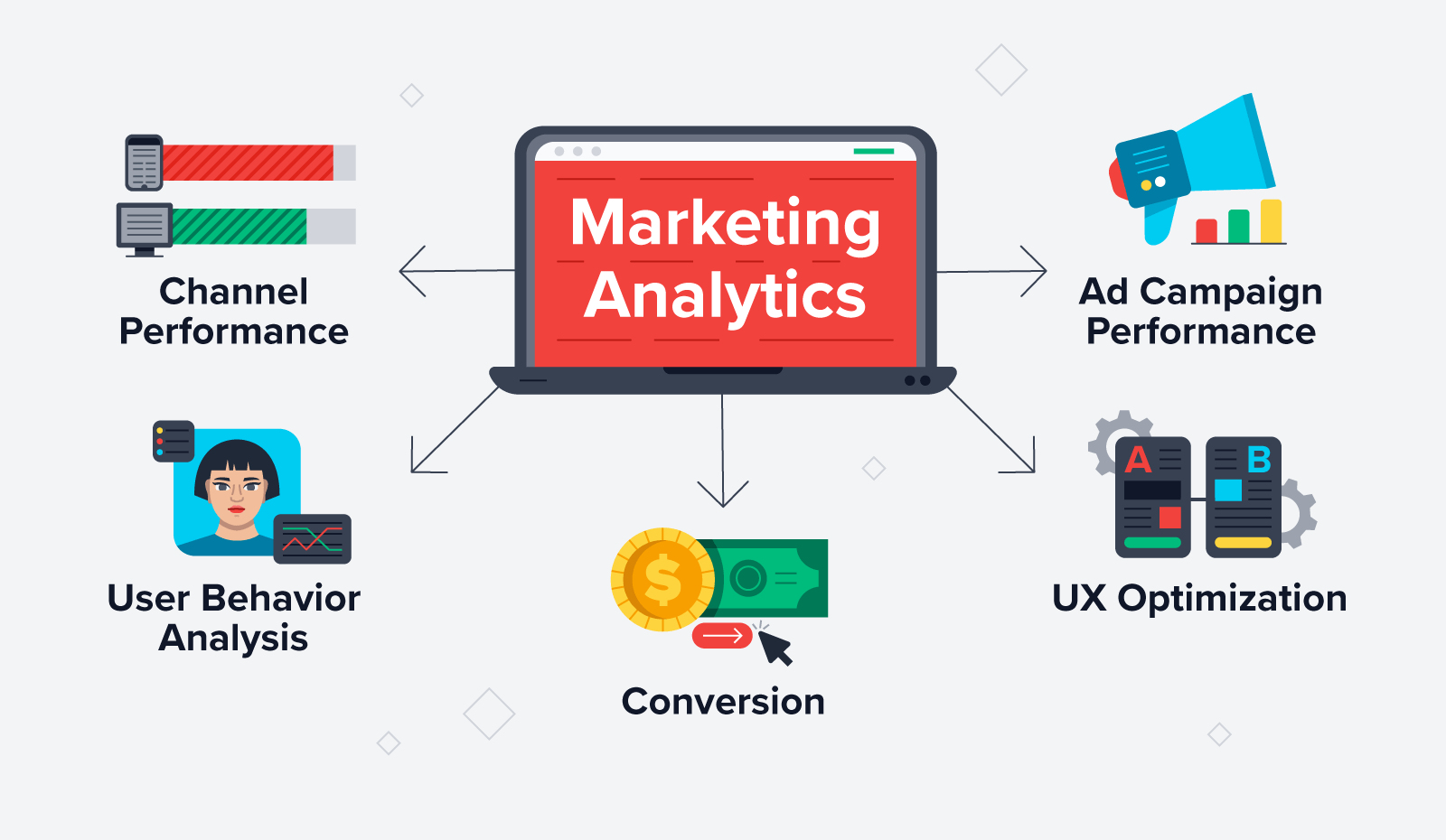Increase Performance and Profitability With Information Analytics
In today's data-driven landscape, organizations are increasingly identifying the pivotal function of data analytics in enhancing functional performance and earnings. By methodically examining data, organizations can discover crucial insights that inform calculated decisions, simplify processes, and dressmaker consumer experiences.
Comprehending Data Analytics
In today's data-driven landscape, comprehending data analytics is vital for companies intending to improve functional performance and drive productivity. Information analytics includes the systematic computational analysis of information sets to uncover patterns, correlations, and insights that notify decision-making. By utilizing numerous strategies, such as statistical analysis, artificial intelligence, and predictive modeling, organizations can change raw information right into actionable knowledge.
The procedure generally starts with information collection, where relevant information is gathered from numerous sources, including transactional data sources, client interactions, and market patterns. This information is after that cleaned and arranged to make certain accuracy and uniformity. Once the data is prepared, logical tools and software program are made use of to imagine the info and discover, enabling stakeholders to identify abnormalities and fads.
Ultimately, understanding data analytics empowers organizations to make informed decisions based on empirical proof instead of intuition. It assists in targeted approaches that can maximize source allowance, improve client contentment, and improve general efficiency. As businesses significantly identify the value of data-driven insights, a strong understanding of data analytics becomes a vital competency for leaders and teams alike, placing them for sustained success in a competitive environment.

Trick Advantages for Businesses
Organizations that leverage information analytics can unlock a wide variety of advantages that significantly boost their operations and earnings. One of the main advantages is enhanced decision-making. Data analytics gives workable understandings originated from real-time data, permitting businesses to make informed options that line up with market demands and consumer choices.

Additionally, data analytics fosters improved client experiences. By recognizing consumer actions and choices, businesses can tailor their offerings, leading to increased fulfillment and commitment. This tailored strategy commonly leads to higher conversion rates and repeat service.
Furthermore, information analytics makes it possible for organizations to identify arising trends and possibilities. By remaining ahead of the curve, organizations can take advantage of on brand-new markets and developments before their rivals.
Applying Data-Driven Strategies
Effective execution of data-driven strategies calls for a thorough understanding of both available information and business goals sources. Organizations has to initially define their objectives plainly, making certain placement between information campaigns and critical objectives. This quality allows groups to concentrate on relevant metrics and insights Extra resources that drive decision-making.
Next, businesses need to examine their existing data framework. This includes evaluating information high quality, ease of access, and assimilation capabilities. Top quality data is necessary for accurate evaluation, as inadequate information can result in illinformed approaches and squandered sources. Organizations must establish processes for information collection, cleaning, and management to keep information integrity.
In addition, fostering a data-driven society is crucial. Staff members whatsoever degrees must be encouraged to utilize data in their everyday procedures. Training workshops and programs can improve data proficiency, empowering personnel to make informed choices based on analytical understandings.
Devices and Technologies Overview
A durable collection of innovations and devices is essential for companies aiming to harness the full potential of information analytics. These devices facilitate the collection, processing, and visualization of information, making it possible for services to derive workable insights.
At the foundational degree, information management platforms such as SQL databases and NoSQL systems provide efficient information storage space and retrieval abilities. For information handling and analysis, programming languages like Python and R, in addition to frameworks such as Apache Glow, enable complicated computations and device learning applications.
Visualization devices, consisting of Tableau and Power BI, transform raw data into user-friendly graphical styles, making understandings easily accessible to stakeholders at all degrees. In addition, cloud-based platforms like Google Cloud and AWS provide scalable storage and handling services, suiting the growing volumes of information organizations encounter.
For innovative analytics, anticipating modeling and AI-driven options are increasingly adopted, enabling firms to forecast patterns and boost decision-making procedures. Incorporating these devices into existing operations is extremely important; organizations that effectively utilize this technology can dramatically improve operational efficiency and drive productivity. Thus, purchasing the right devices and innovations is a critical important for any type of data-driven company.
Situation Research Studies of Success
Leveraging data analytics has actually led numerous organizations to accomplish impressive renovations in performance and profitability. One noteworthy instance is a huge retail chain that executed anticipating analytics to enhance inventory management. By analyzing historical sales data and consumer patterns, the business click to investigate minimized excess supply by 30%, resulting in considerable cost savings and enhanced capital.
One more useful content example can be located in the manufacturing field, where a leading automotive supplier utilized data analytics to improve its production processes. By keeping an eye on device performance in real-time, the company recognized inefficiencies and bottlenecks, resulting in a 20% increase in general devices efficiency (OEE) This not just improved manufacturing rates however also decreased downtime and upkeep costs.

These situation research studies illustrate just how information analytics can drive strategic decision-making, maximize processes, and inevitably improve both efficiency and productivity throughout numerous industries.
Verdict
In verdict, the combination of data analytics into company operations presents substantial chances for improving performance and success. By methodically analyzing data, organizations can recognize inadequacies, maximize consumer experiences, and make notified choices.
In today's data-driven landscape, recognizing data analytics is essential for companies aiming to boost functional performance and drive productivity. Data analytics entails the organized computational analysis of information sets to reveal patterns, relationships, and understandings that educate decision-making. Data analytics provides workable understandings acquired from real-time data, permitting services to make educated options that straighten with market needs and consumer preferences.
High-grade information is necessary for precise evaluation, as poor information can lead to misguided approaches and squandered sources. Organizations needs to establish procedures for information collection, cleansing, and monitoring to keep data stability.